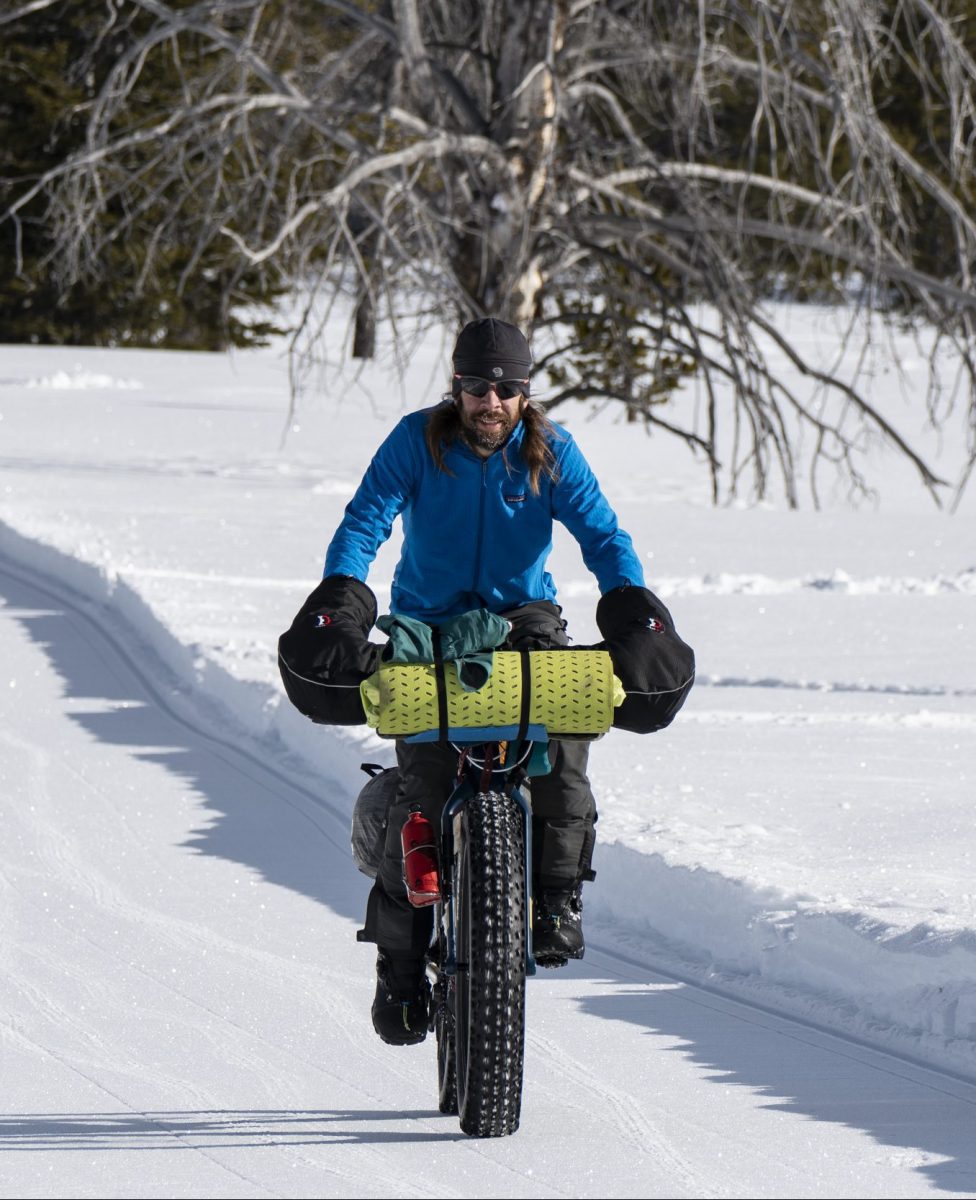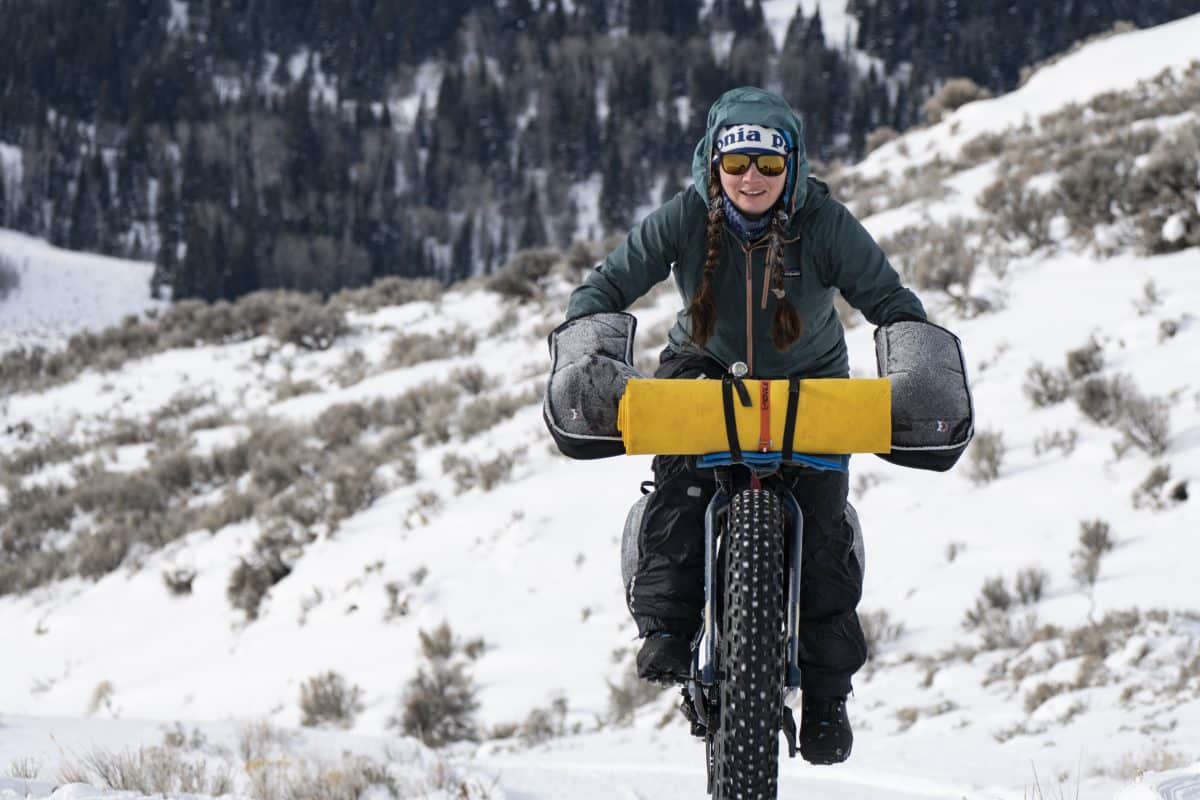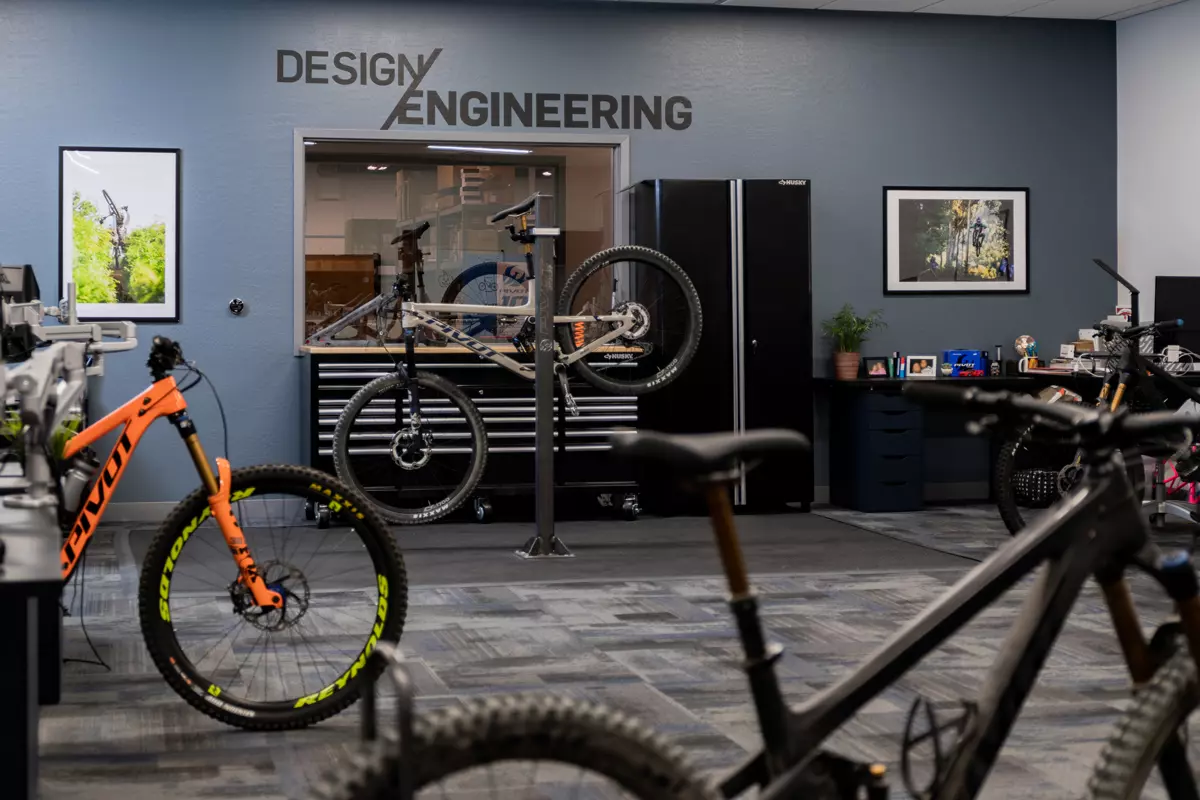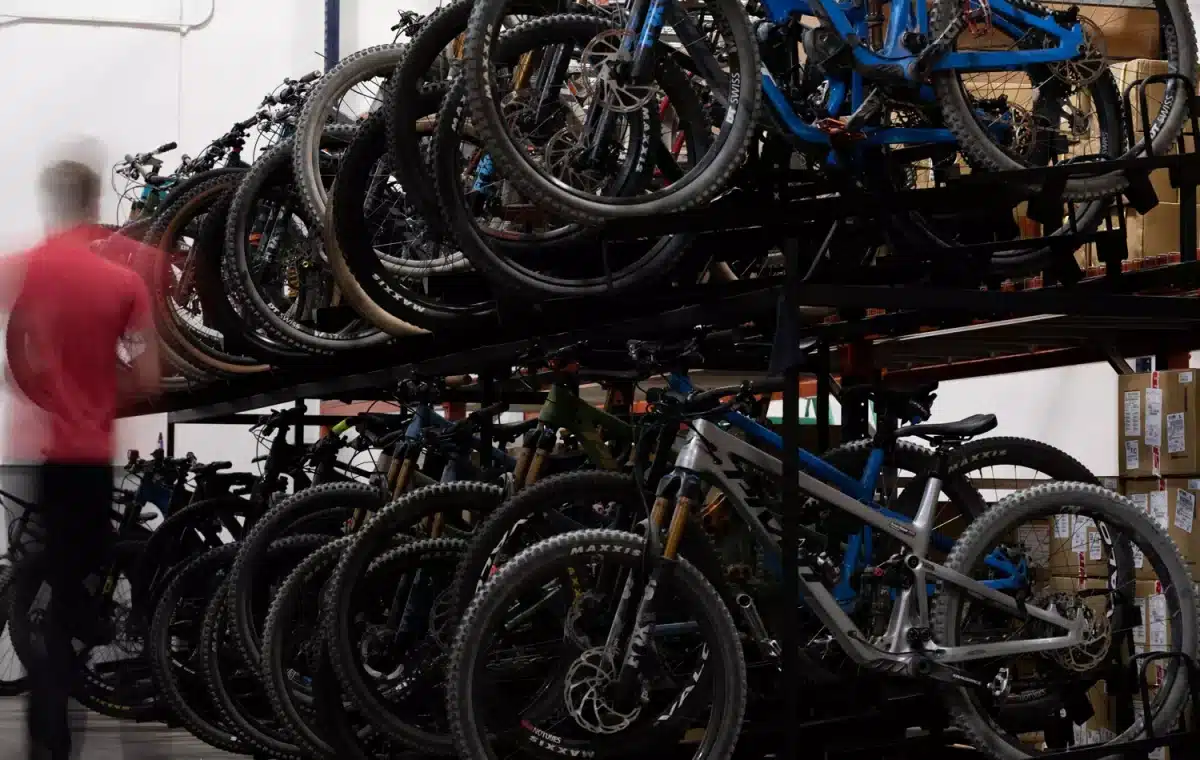How to Stay Warm, Dry and Happy While Winter Bikepacking
Words By: Kait Boyle
Photos By: Kurt Refsnider
After a couple weeks of non-stop snowfall, the weather cleared and turned into a high-pressure, dry and cold pattern here in Idaho.
While most professional cyclists traveled south for a winter training camp, this winter my friend and teammate, Kurt Refsnider came north to Idaho for the Fat Pursuit fatbike race and a bit of winter training. Our training philosophy, as professional cyclists, values variation in training, keeping riding interesting and engaging and letting winter offer new and different experiences.
As a resident of a cold wintery area of the northern Rockies, fat biking is a great way for me to complement skiing and cross training.
When coupled with the overnight element, winter bikepacking becomes a wonderful way to experience landscapes in a different season, ride places I would not otherwise ride, and build great base fitness by pedaling a heavy bike on snow. The biggest barrier to winter bikepacking is the winter camping skills to keep you warm, dry and happy. I personally would not encourage anyone to subject themselves to a multi-day experience in which they are destined to be cold, wet and miserable, and thus I am happy to share some essential winter bikepacking tips and tricks to help you stay warm, dry and happy while bikepacking.
Temperature and snow are the two driving factors influencing the conditions and experience of your winter bikepacking trip. So, I am breaking down staying warm, dry and happy while winter bikepacking, into 5 categories:
Trip / Route planning:
Fatbiking is easiest on firm conditions, and generally requires grooming and compaction from snowmobiles and groomers.
When trip planning, plan a route in an area with reliable groomer or snow machine traffic and if possible, plan around periods of high pressure. While camping in “warmer,” temperatures may sound nice, cold temperatures let the snow surface set into a firm rideable surface. Cold and dry are ideal conditions for winter bikepacking trips. It is easier to keep yourself warm in cold temperatures than it is to ride/hike in slow, mushy snow. Your pace will vary hugely on conditions and terrain, but 8+ mph on a loaded fat bike is fast. It is not uncommon to average 3-4 mph, especially when breaks are factored in. Planning your daily mileage accordingly will set you up to enjoy the ride.

What to Bring:
I approach packing for winter camping with the mindset that if I’m warm and dry, I’ll be happy (and not a risk to myself or my group). Even with the best of forecasts, winter is a challenging environment to stay safe in, and what we bring is an opportunity to mitigate the risk by riding prepared. Winter bikepacking with an “ultralight,” mindset is not recommended. My personal “required gear list,” is much more robust than for summer bikepacking in the mountains. What I bring may vary a bit by the possible forecast.
Loading Your Bike:
While bikepacking on snow is not technical in the way that it is on trail, it is technical in how your bike interacts with the snow surface. Snow is generally bumpy and rutted from snow machines and can quickly become soft from a lack of compaction, sun or wind. It is essential to keep the front of the fatbike as light as possible. To make packing more challenging, we bring a lot more clothing and camping gear for winter than summer.
Enter the invaluable rack and pannier system. A rear rack creates ample space for packing most of your gear, saving the handlebars for just your light but bulky ensolite sleeping pad. I pack my sleeping bag and camp layers in a large dry sack that gets strapped to my rack. Then my day layers (puffy jackets, extra gloves, shell jacket), and other camp gear (like pot, first aid, repair kit, fuel) go in my panniers.
My frame bag holds food and water is stored in thermoses on my downtube and in my feed bags. I roll my ensolite pad around the tent poles or body as a way to carry one more light but bulky item on the front.
Staying Warm & Dry:
Managing your temperature is one of the most important aspects of winter bikepacking (and fatbiking). Actively adding and removing layers to maintain a comfortable temperature is important to keep you from getting too cold or hot. Once you are cold you risk getting colder and exposing yourself to hypothermia or cold injuries. The risk of getting hot is sweating, which makes your skin and layers wet, which once you stop exerting that level of effort, will lead to rapidly cooling down and being cold and wet.
I keep all my riding layers as accessible as possible and take the time to add a layer before I descend, as soon as I stop moving for a break, or if I feel cold while riding. Equally important, I stop and remove layers before I feel my body temperature warm enough to sweat. This applies to my gloves and hat as well. Pogies are a great place to store extra gloves or stash your hat while riding. At camp I pull all my warm insulating layers over my riding clothes and let my body heat warm and dry my base layers. I sleep in my sacred socks and store any damp socks, gloves, boot liners, or layers inside my sleeping jackets or bag with me so they dry at camp and/or overnight.
Food & Water:
Lastly, hot drinks and delicious, calorically rich foods will stoke your inner fire and contribute invaluably to your happiness.
Hot cocoa is 100000x better than plain cold water when riding and camping in the snow. A chocolate bar, fresh baked goods, or a hot meal with a bit of extra butter will keep you warmer and happier than a granola bar and traditional sports foods. Winter cooking and nutrition is a whole other topic worth exploring as options are endless and can make a trip satisfying, successful and contribute hugely to your warmth and happiness!
Before venturing out,
on any first-time bikepacking trip I recommend folks load their bike and go for a day ride to test their systems. Then choose a short, low-commitment overnighter to focus on the camping skills without the commitment of the route and added remoteness. Once you have your layers, systems and packing your bike down, and feel comfortable managing your temperature and winter camping skills you will have a whole different world accessible to you by bike.




